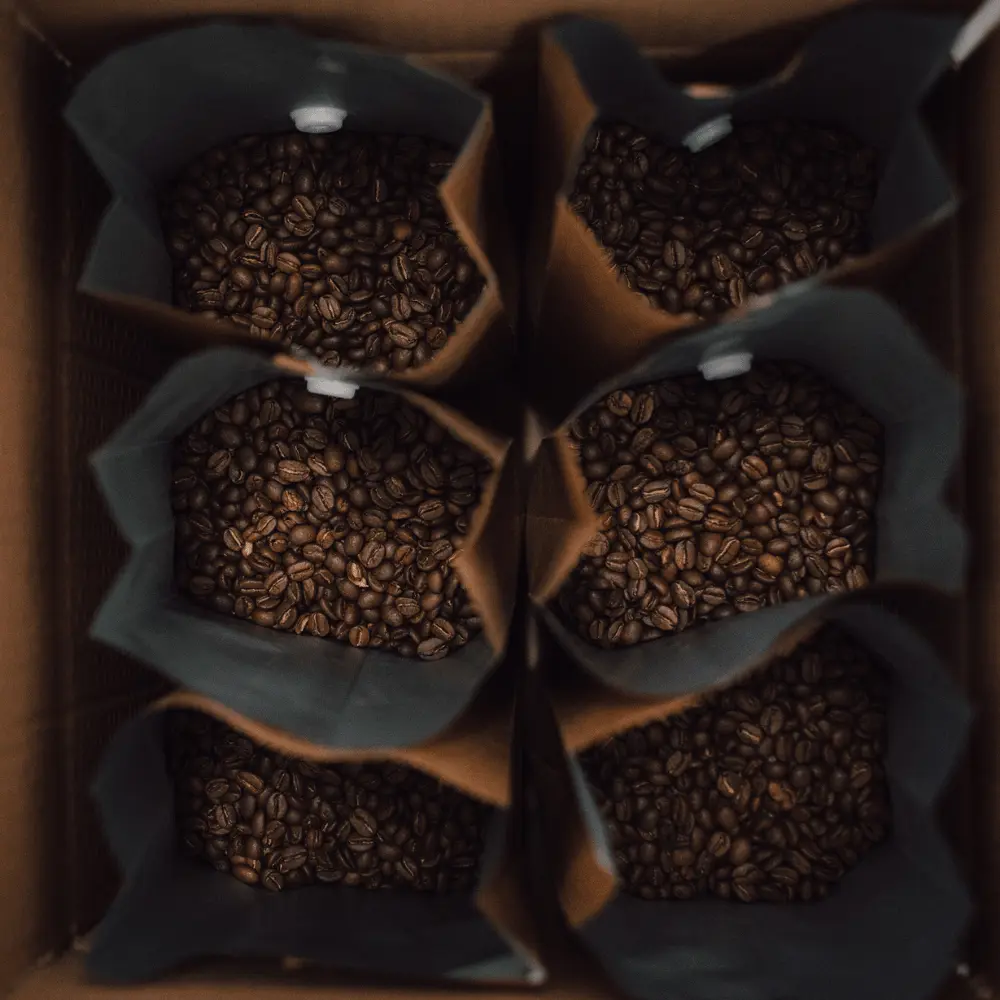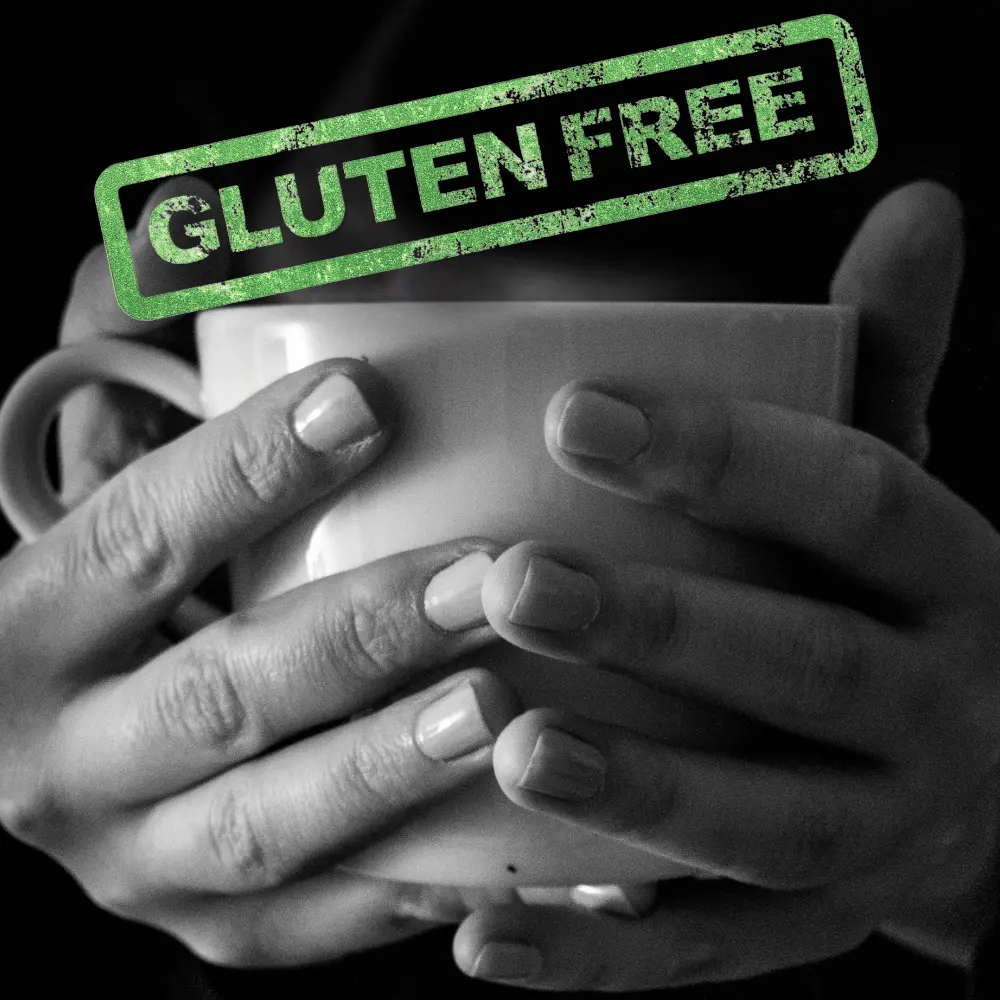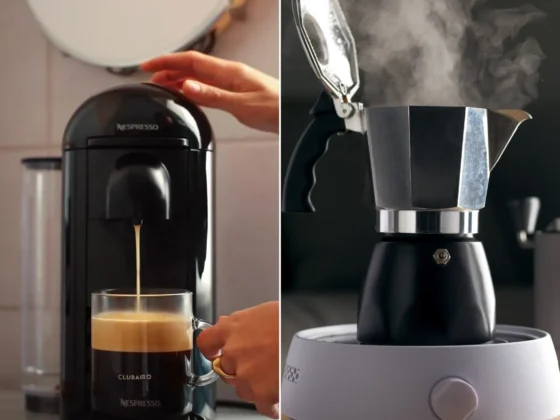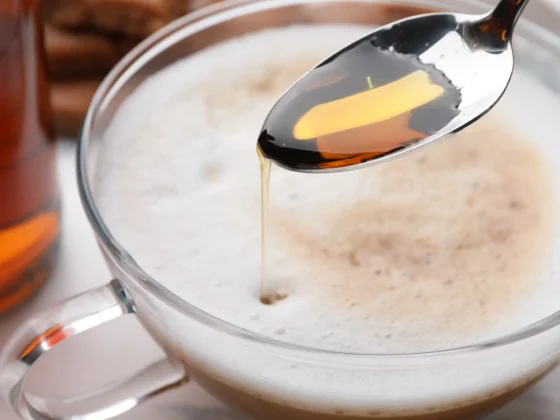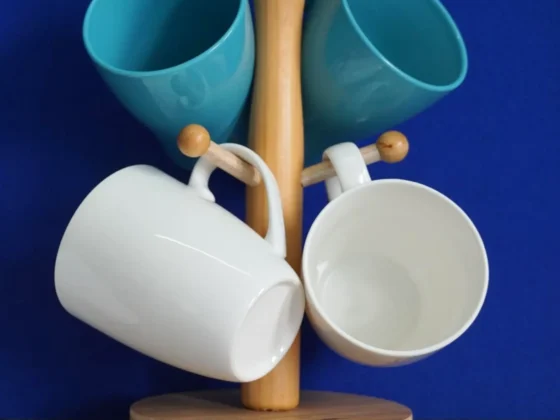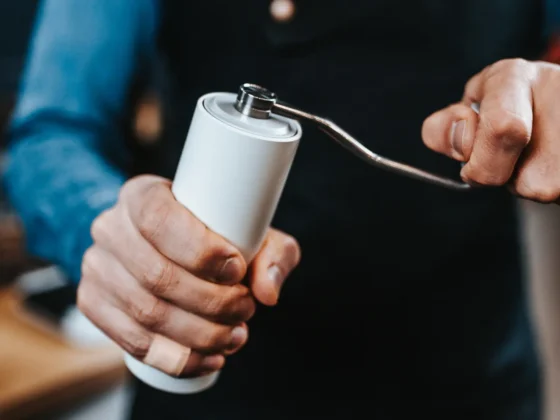Coffee beans, as with any other comestible commodity, possess a finite lifespan, thus it is of utmost importance to apprehend the duration of coffee beans’ viability in order to relish a superlative cup of coffee. The inquiry of “how long do coffee beans last?” is reliant upon myriad factors, including the variety of coffee bean, the level of roast, and the conditions of storage. In this all-encompassing guide, we shall delve into the sundry elements that influence the longevity of coffee beans and furnish suggestions on how to optimize their freshness and flavor. Ranging from appropriate storage techniques to detecting indications of degradation, we shall cover every aspect requisite to ensure the utmost longevity and delectability of your beans. Thus, if you are seeking to fully exploit the potential of your coffee beans, do continue to peruse this piece for further elucidation.
Factors Affecting the Shelf Life of Coffee Beans
The matter of coffee is of great importance to those who hold a deep affection for the taste and scent of a freshly brewed cup. The temporal longevity of coffee beans does not remain invariant and an intricate comprehension of the multifaceted determinants that exert sway on their lifespan is pivotal to safeguarding the salubrious quality and flavor of your coffee. In this segment, we will delve into the various factors that can potentially impact the length of time your beans remain consumable. We will take an in-depth exploration of each of these factors, such as roast level and storage conditions, and evaluate how they may impact the shelf life of your coffee beans.
Whether you are a coffee connoisseur or simply an occasional coffee drinker, familiarizing yourself with these factors will provide you with the knowledge to maximize the quality of your coffee beans and guarantee that every cup of coffee is always fresh and delectable. So, let us immerse ourselves in a comprehensive examination of the factors that may influence the shelf life of coffee beans.
Roast Level and Freshness
When it comes to the shelf life of your beans, two major determinants are the roast level and freshness. The intricate process of roasting coffee beans can have a significant impact on their taste, aroma, and durability. The main objective of the roasting process is to bring out their unique and distinct flavors and aromas; however, the degree of roast can also affect the beans’ lifespan.
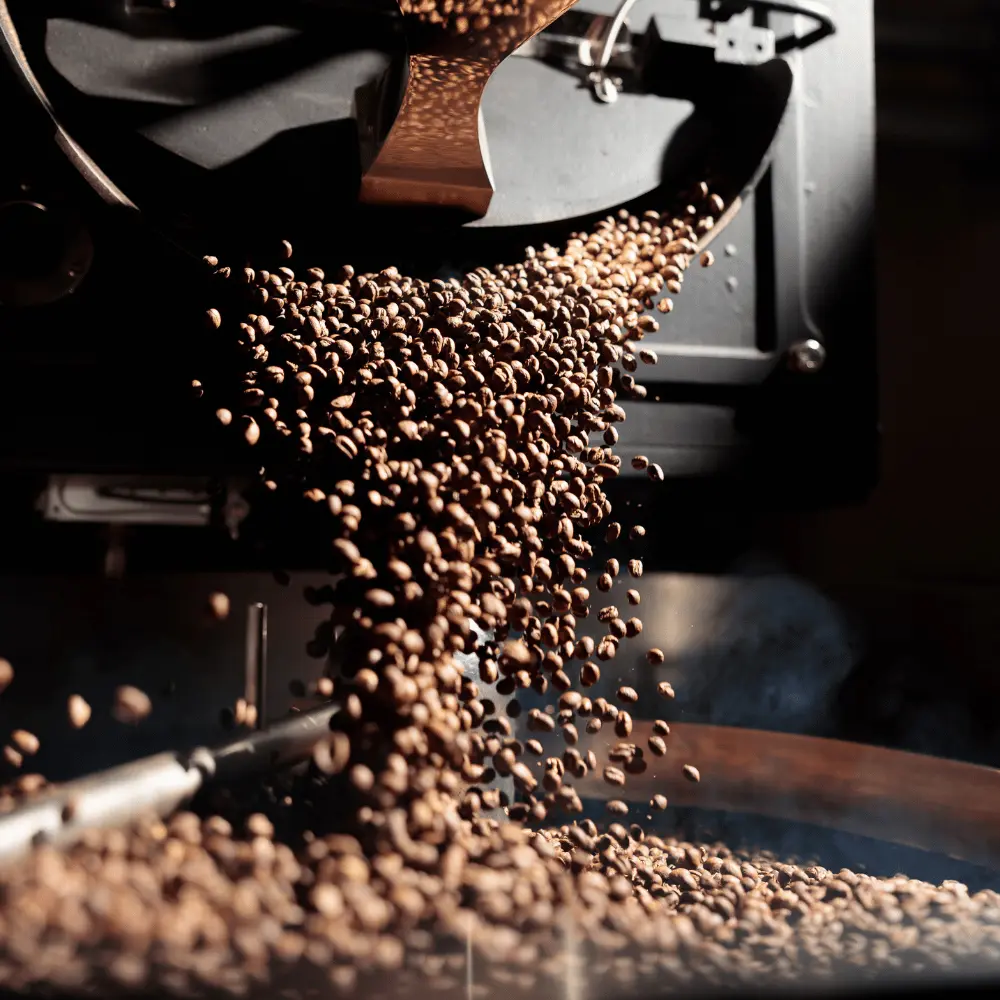
In addition to the roast level, freshness is another crucial factor in the longevity of coffee beans. After roasting, the beans discharge carbon dioxide, which serves to safeguard them from oxidation. Nevertheless, as time elapses, the beans expel less carbon dioxide, rendering them more susceptible to oxidation and corruption. To enhance the freshness and shelf life of your beans, it is essential to preserve them in an airtight container, in a cool, arid place, and far from direct sunlight and moisture.

An Exploration of Light Roast vs. Dark Roast
A particular aspect that has sparked many debates is the roast level of coffee and how it impacts their flavor and shelf life. Light roast and dark roast beans are two popular options, each with unique characteristics that can affect their longevity.
Light Roast
Light roast coffee beans are a true enigma, roasted for a shorter time at a temperature of 356-401°F (180-205°C), which results in a light brown color and a slightly acidic, mild flavor profile. Light roast coffee is generally more fragrant and has a bursty, more pronounced coffee acidity, with notes of fruit, citrus, or floral.

However, the mystifying aspect of light roast beans is their shortened shelf life. The roasting process removes more moisture from the beans, making them more vulnerable to oxidation and degradation. As a result, light roast beans can start to lose their flavor and aroma within a few weeks after roasting.
Dark Roast
Dark roast beans, on the other hand, are roasted at a higher temperature and for a longer time than light roast beans. The temperature used to roast dark coffee is usually between 464-482°F (240-250°C), resulting in a dark brown or almost black color and a bold, strong, and full-bodied flavor profile. Dark roast coffee has less acidity and more bitterness, with bewildering notes of chocolate, caramel, or nuts.

The intriguing aspect of dark roast beans is their extended shelf life. The higher temperature and longer roasting time create a protective layer of oil on the surface of the beans, which helps to slow down oxidation and extend the shelf life of the beans. When stored properly, dark roast coffee beans can stay fresh for several months after roasting, leaving coffee lovers bewildered and delighted by the mysterious flavors that continue to emerge.
Overall, light roast and dark roast coffee beans are two types of coffee roasts that have unique flavor profiles and shelf lives. To choose the best option, one must ponder their personal preference and the time they plan to store the coffee beans before selecting the roast level that best fits their needs.
The Intricacies of Freshness and Its Impact on Shelf Life
The realm of coffee bean preservation is a complex and multi-faceted one, with the freshness of the beans serving as a pivotal determinant of their shelf life. Once coffee beans have undergone the roasting process, their freshness and flavor start to decline rapidly, primarily due to the corrosive effects of oxidation and exposure to air, moisture, and light.
The optimal window for savoring coffee beans at their finest is within two to four weeks of their roasting. During this timeframe, the beans reach the epitome of their flavor and aroma potential, exuding an unparalleled sensory experience.
However, a myriad of factors can affect the freshness and shelf life of coffee beans, ranging from the storage conditions to the packaging methods employed.
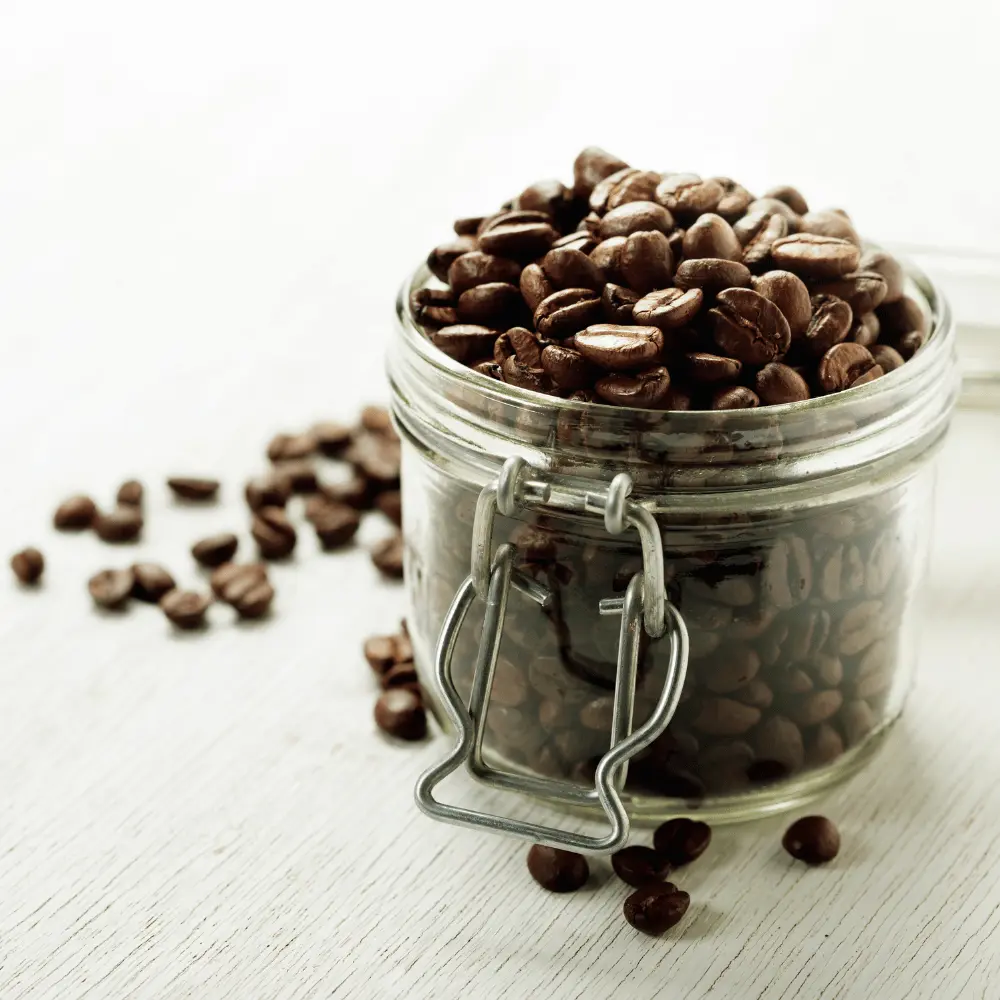
To combat the negative effects of oxidation and extend the shelf life of coffee beans, it is vital to store them in an airtight container. Failure to do so could result in the beans becoming stale and losing their flavor more quickly than anticipated. A suitable container should feature a one-way valve that enables carbon dioxide to escape while effectively preventing air and moisture from permeating.
Moreover, the storage environment plays a pivotal role in coffee bean preservation. Optimal storage temperatures should range between 59-77°F (15-25°C), with the beans being sheltered away from direct sunlight and heat sources. It is crucial to note that refrigerating or freezing coffee beans could pose detrimental effects, causing the beans to absorb moisture and other odors that could impair their flavor and aroma.
In essence, the freshness of the beans is a crucial determinant of their shelf life. Proper storage, packaging, and handling are integral in extending the shelf life of coffee beans, ensuring their flavors and aromas remain intact for longer.
The Influence of Oxygen, Light, and Moisture on Coffee Beans
The preservation and taste of coffee beans are highly susceptible to the presence of oxygen, light, and moisture. After roasting, the beans naturally emit carbon dioxide and other gases as part of their aging process. Such gases act as a safeguard against oxidation, which may lead to staleness and flavor depletion.
Nevertheless, the mere presence of oxygen may trigger the rapid staleness of the beans, especially if they are ground. Once the beans are ground, they have a larger surface area, which intensifies flavor depletion. To optimize the freshness and flavor of the beans, it is recommended to grind them just before brewing.

Apart from oxygen, light and moisture are also potential adversaries that may compromise the shelf life and flavor. Exposure to light can accelerate the stale taste of the beans, making it crucial to keep them in a dark place. On the other hand, moisture can cause the beans to absorb odors and flavors from their surroundings, which inevitably affects the taste of the coffee.
To protect coffee beans from oxygen, light, and moisture exposure, it is essential to store them in an airtight container with a unidirectional valve that allows carbon dioxide to escape but bars air and moisture from getting in. It is also essential to store the beans in a cool, dark place, away from direct sunlight and heat sources.
Minimizing exposure to oxygen, light, and moisture is critical in lengthening the shelf life and conserving their flavor and aroma.
Can Coffee Beans Really Survive the Freezer?
There seems to be a widely held belief that freezing coffee beans can elongate their shelf life. However, the reality is that while freezing may indeed slow down the oxidation process, it can also trigger problems with moisture and condensation that can jeopardize the flavor and aroma of the beans.
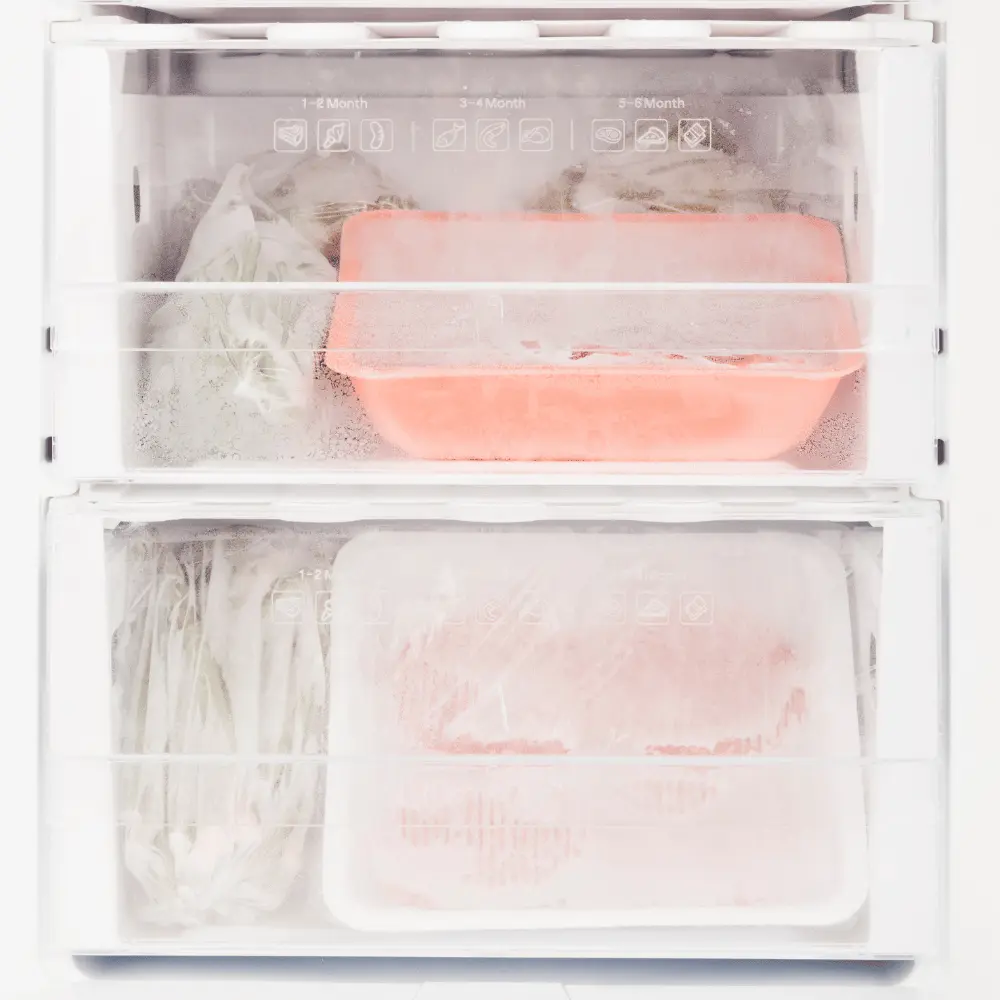
When beans are subjected to freezing temperatures, the moisture in the air can condense on the beans, leading them to absorb undesirable flavors and aromas from other items that are stored alongside them in the freezer. Furthermore, when the beans are removed from the freezer, condensation can form on them as they warm up, resulting in moisture damage and loss of flavor.
As such, the general recommendation is to avoid freezing coffee beans altogether. But if you simply must freeze your beans, it’s essential to take precautions to prevent moisture and condensation from sabotaging their quality. Here are a few tips to help you achieve that:
Use an airtight container
It is vital to store your beans in an airtight container that features a one-way valve, which allows gases to escape while preventing air and moisture from getting in.
Divide the beans into small portions
By dividing the beans into small portions, you can reduce the amount of moisture that can condense on them.
Allow the beans to reach room temperature before opening the container
Letting the beans come to room temperature before cracking open the container can help to prevent condensation from forming on them.
Only freeze beans once
Repeatedly freezing and thawing the beans can damage them with moisture and adversely impact their flavor and aroma.
All in all, while it is possible to freeze coffee beans, it is not the ideal way to store them. For best results, it is recommended that you keep your beans in an airtight container in a cool, dark place, such as a pantry or cabinet, to help maintain their freshness and flavor without the added risk of moisture damage from freezing.
Pros and Cons of Freezing Coffee Beans
The contentious issue of freezing coffee beans continues to baffle coffee enthusiasts worldwide. While some consider it a stroke of genius, others deem it a heinous crime to place coffee in the freezer.
Here’s a list of pros and cons associated with freezing coffee beans:
Ultimately, the decision to freeze your beans is a matter of personal preference. If you do opt to freeze your coffee beans, it is crucial to do so in the correct manner to reduce any detrimental impact on the flavor and aroma of the beans. Prepare yourself for the burstiness of freezing your coffee beans, with both potential benefits and risks associated with the process.
Properly Storing Coffee Beans – A Puzzling Conundrum
The mystery of preserving the taste and essence through proper storage is an age-old incomprehension. Behold some mystifying tips for storing coffee beans:
Hermetically store coffee beans: It is a well-established fact that oxygen is the mortal enemy of coffee beans. In order to evade the scourge of oxidation, you must hoard your beans in a hermetically sealed container that boasts a unidirectional valve. This valve enables carbon dioxide to flee while barricading the ingress of air and moisture.
Preserve them in a gelid, dark abode: Unrestrained heat and light can cause beans to degenerate at a brisk pace. Ergo, it is most apropos to store them in a frigid, unilluminated place such as a larder or cupboard.
Refrain from refrigerating or freezing coffee beans: The widespread belief that beans should be stored in the fridge or freezer is a fallacy. The frigidity and humidity can cause the beans to go stale and lose their flavor.
Grind coffee beans immediately before brewing: Ground coffee possesses a greater surface area and is thus more susceptible to oxidation. Hence, it is best to pulverize your beans just before you brew to ensure maximal freshness.
By adhering to these mind-boggling tips, you can prolong the shelf life of your coffee and maintain their flavor and aroma. Remember, the key to success is to diminish exposure to air, light, and moisture, and to store your beans in a chilly, dark environment.
Esoteric Influences on Bean Vitality and Processing Method
The intricate and puzzling interplay between the origin and processing methodology of coffee beans holds the power to vastly impact their shelf life. Let us delve into each factor with fervent curiosity.
The Intricate Dance Between Processing Practice and Shelf Life
The methodology employed to prepare beans for roasting is a masterful influencer of their shelf life. There exist two primary processing methods of coffee beans: the wet and dry processing methods.
Wet processing entails the removal of the outer layers of the coffee cherry by means of water. While this can produce beans with a pristine and consistent flavor profile, it can also result in a higher moisture content, thus contributing to a shorter shelf life. The extra moisture from the wet processing renders the beans vulnerable to mold and, therefore, they are more susceptible to spoilage.
On the other hand, dry processing involves allowing the coffee cherries to dry naturally in the sun before removing the outer layers. This method produces beans with a more intricate and multifaceted flavor profile, but it also results in a lower moisture content. The lower moisture content can, in turn, lead to a longer shelf life for the beans. Since the dry processing method leaves the beans with a lower moisture content, they are less prone to rapid spoilage.
Can the Origin of Coffee Beans Impact Their Shelf Life?
It’s a complex issue to determine whether the origin of coffee beans can affect their shelf life. Certain factors, such as temperature and elevation, could play a crucial role. Beans grown in cooler climates at higher elevations tend to have a lower moisture content, which could lead to an extended shelf life. However, beans cultivated in warm and humid regions may have a higher moisture content, making them vulnerable to spoilage.
Warning Signs of Spoiled Coffee Beans
When coffee beans have surpassed their shelf life, they lose their original aroma, flavor, and overall quality. It’s essential to recognize the signs of deteriorated beans to avoid ruining your favorite cup of coffee. Here are some warning signs to be mindful of:

Smell and Taste
One of the easiest ways to identify spoiled beans is to use your sense of smell and taste. Fresh beans have a delightful aroma, often described as nutty or chocolatey, whereas rancid beans can produce a rancid, musty, or sour odor. Similarly, fresh coffee has a smooth, rich taste, while aged beans can taste stale, bitter, or sour.
Detecting Rancid Coffee Beans
To spot rancid coffee beans, start with a sniff test. If the beans emit a musty or stale smell, it’s an indication that the oils in the beans have started to break down. You can also check the beans for mold or visible signs of damage or insect infestation. If the beans look or smell suspicious, it’s best to dispose of them immediately.
The Impacts of Brewing Bad Coffee Beans
Venturing into the world of coffee brewing is a journey filled with twists and turns, and one of the most obstacles that coffee lovers may encounter is the use of spoiled coffee beans. The repercussions of using spoiled beans in your brew can be disastrous not only for your taste buds but also for your health.
The journey of spoiled coffee beans often leads to the development of mold, bacteria, and other harmful microorganisms that can cause serious health issues. Consuming such coffee may result in stomach upsets, food poisoning, and a host of other health concerns. Hence, it is imperative to always use fresh and high-quality beans to ensure that you do not expose yourself to any potential health risks.
Appearance and Texture
As the journey of coffee beans towards spoilage begins, they often exhibit a burst of changes in their appearance and texture. To stay alert and aware of these changes, coffee enthusiasts should look out for the following signs:
Signs of Mold and Insect Infestation
The coffee beans can easily fall victim to mold and insect infestation when they are exposed to moisture or stored in unclean conditions. The presence of black, white, or green spots on the beans is one of the signs that coffee beans have succumbed to mold or insect infestation. In addition, the beans may also take on a powdery or sticky texture.
How to Spot Stale Coffee Beans
Stale coffee beans present another dilemma for coffee lovers, as they lose their flavor and aroma over time due to oxygen exposure. To avoid falling into this maze of confusion, coffee enthusiasts should look out for the following signs to determine if their beans are stale:
Loss of aroma: Fresh beans are known for their strong and distinct aroma, but stale beans have a weaker or no aroma at all, leaving coffee enthusiasts with a puzzling dilemma.
Dull appearance: Stale beans often appear dull or faded in color, adding another layer of confusion to the journey.
Flat taste: Stale beans produce coffee with a flat or bland taste, lacking the richness and complexity of freshly roasted beans, leaving coffee lovers with a feeling of being lost in a maze.
Strategies to Prolong the Life of Coffee Beans
Coffee beans are a highly treasured commodity for coffee aficionados, and their quality and flavor can be easily compromised if not stored correctly. Here are some strategies to preserve your beans’ freshness and taste for as long as possible:
The Cryptic Art of Storage Techniques
The most crucial factor in extending the shelf life of your beans is the art of proper storage. Oxygen, light, and moisture can swiftly degrade the quality of coffee beans. Here are some techniques for proper coffee bean storage:
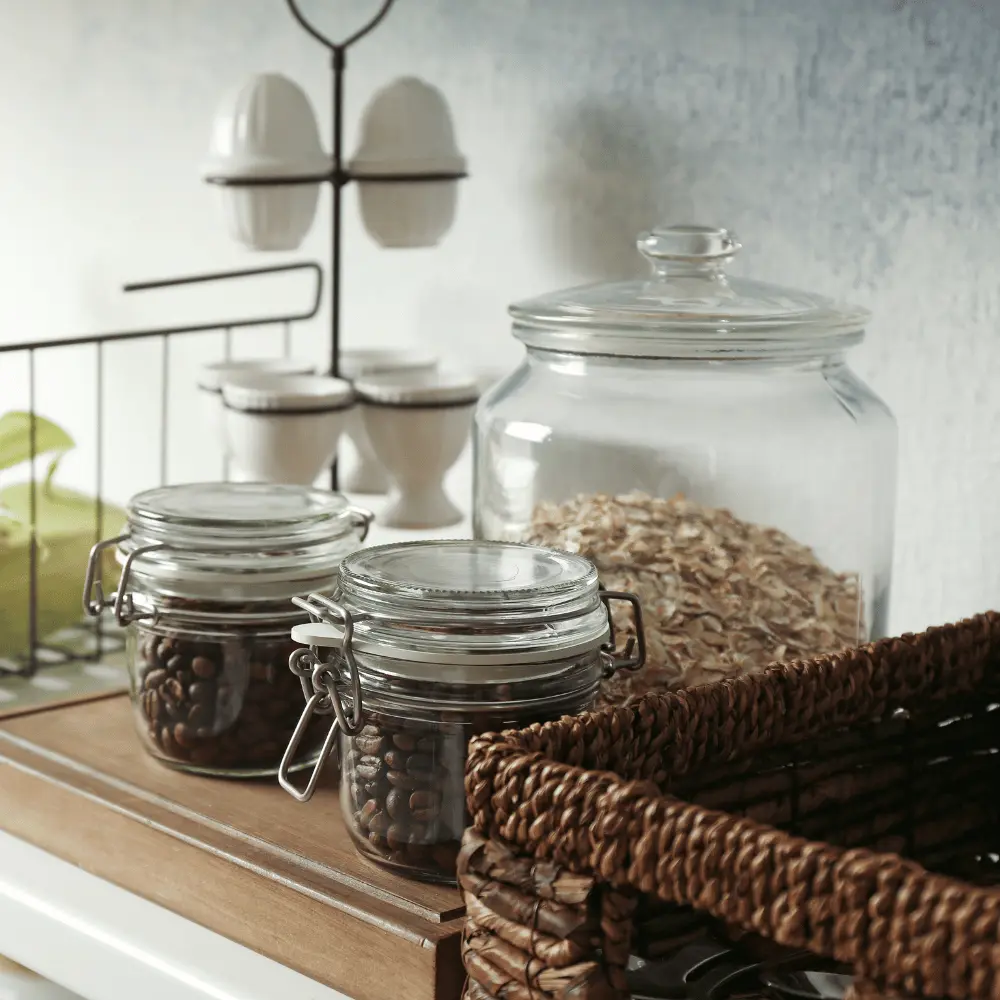
Hermetically Sealed Containers and Vacuum Magic
The mystical knowledge of storing coffee beans in hermetically sealed containers is an effective way to keep them fresh for an extended time. By keeping oxygen away from the coffee oils, which can cause oxidation and rancidity, these containers prevent any unwelcome interactions. For those who dare to delve even deeper into the arcane, vacuum-sealed containers eliminate any remaining air from the container, creating a fully oxygen-free environment.
Temperature and Humidity Enigmas
The temperature and humidity are also crucial factors in coffee bean storage. High temperatures and humidity can swiftly bring about the deterioration of the beans, while low temperatures can slow down the aging process. Ideally, beans should be stored in a cool, dry place, away from direct sunlight and heat sources. The perfect temperature for coffee bean storage is between 60- and 70-degrees Fahrenheit, with a humidity level of less than 60%.
By following these mystical storage techniques, you can extend the shelf life of your coffee beans and relish a fresh, flavorful cup of coffee every time.
Conclusion
To conclude, comprehending the longevity of coffee beans and the telltale signs of their deterioration is paramount for any coffee connoisseur. The quality and freshness of the beans have a significant impact on the coffee’s taste. While coffee beans can go bad, following these strategies and storage techniques can extend their shelf life. Factors such as roast level, bean origin, processing method, and exposure to oxygen, light, and moisture can all affect the shelf life of your beans. So, the next time you ponder, “how long do coffee beans last?” or “can coffee go bad?”, rest assured that you have the knowledge and strategies to keep your coffee fresh and flavorful.
FAQ
How do you properly store coffee beans for maximum shelf life?
To ensure maximal shelf life for your beans, one ought to encase them in an airtight container, positioned away from light, moisture, and heat. Furthermore, it is highly suggested that one store the beans at room temperature, rather than in a freezer or fridge.
How long do coffee beans last after roasting?
Coffee beans may last for up to a month after roasting, provided that they are correctly preserved. However, for optimal flavor and freshness, it is recommended to consume the beans within two weeks of roasting.
What are the signs that coffee beans have gone bad?
The distinguishing features of deteriorated coffee beans include a malodorous, rancid, or sour scent, a moldy facade, or the absence of aroma and flavor. If the coffee tastes stale, flat, or excessively bitter, it is possible that the beans have become bad.
Should you freeze coffee beans to extend their shelf life?
Freezing coffee beans may prolong their shelf life, but it is not advised as it can negatively affect the taste and scent of the coffee. Should one opt to freeze the beans, it is vital to store them in an airtight container and consume them within a month of freezing.
How long do whole coffee beans last?
Many factors come into play, such as the type of bean, the roast level, and even how they're stored. But fear not, for with proper storage techniques, those beans can survive for several months, quite impressive, wouldn't you say? Nonetheless, a word of caution - as time passes, that exquisite flavor and freshness begins to wane, and within a mere two to three weeks, the beans begin their steady decline.
